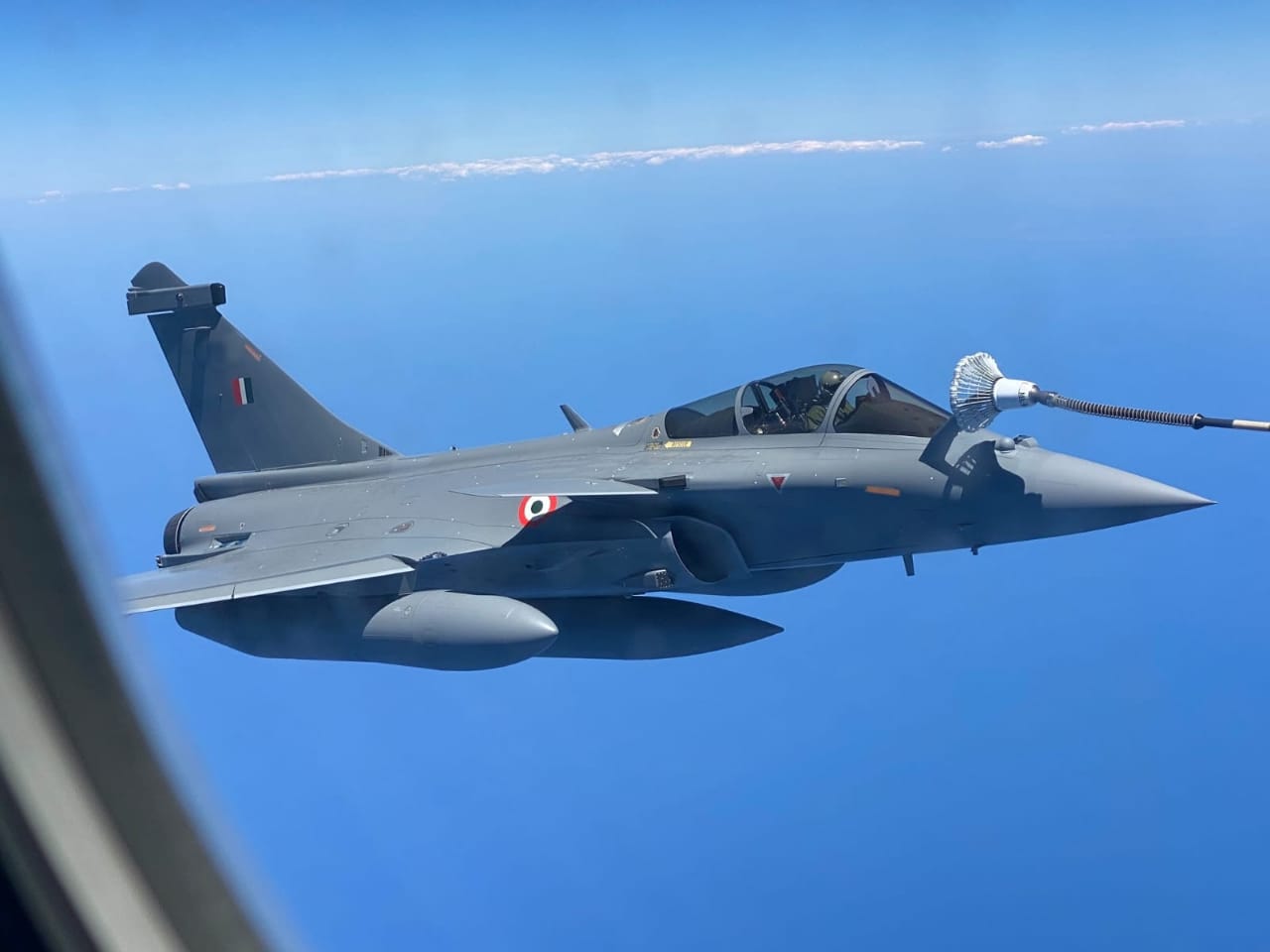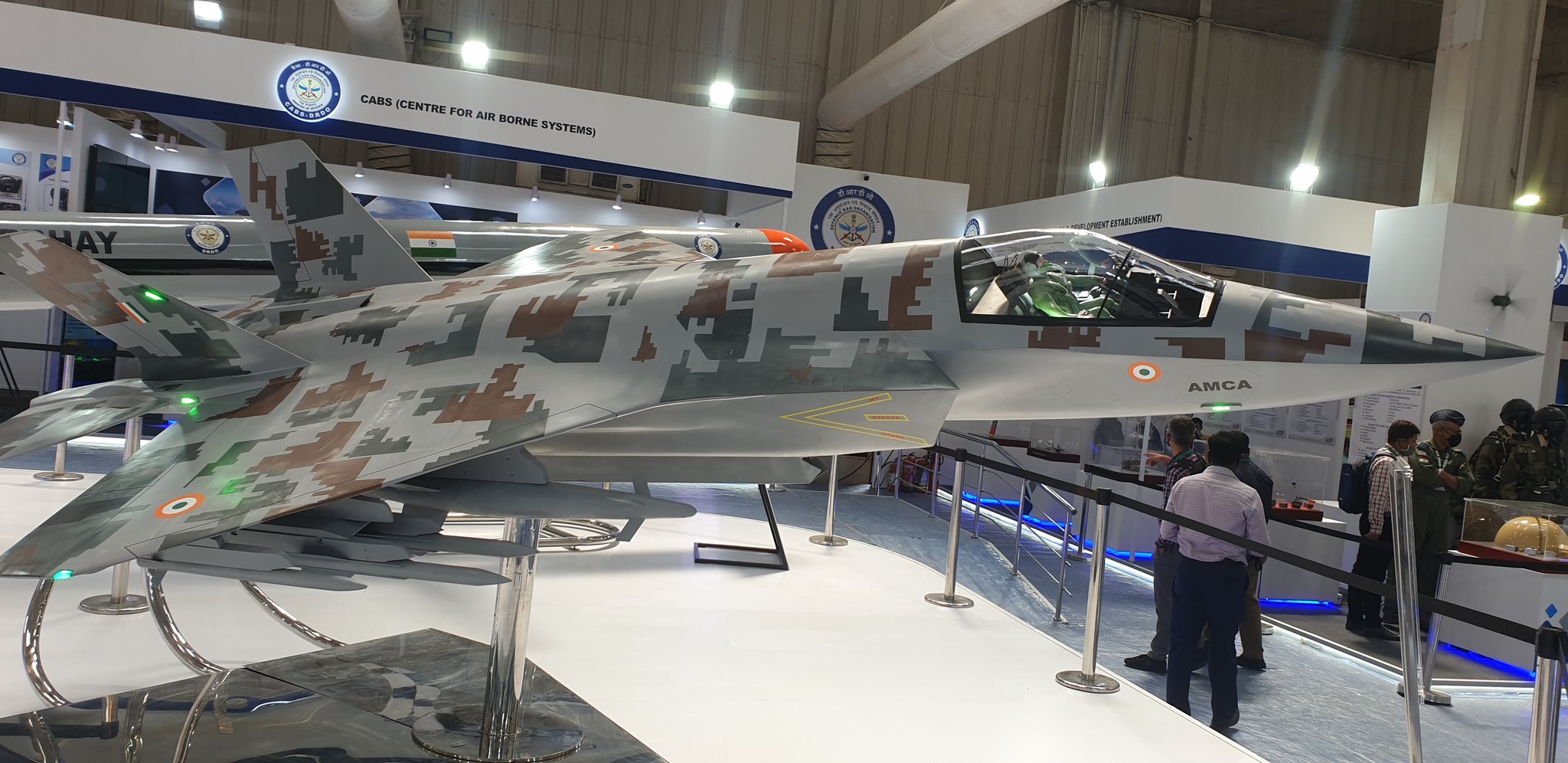By Amit Cowshish
There is a buzz in the defense industry circles that the Indian Ministry of Defence (MoD) may cancel the ongoing “Buy (Global)” cases that entail the outright purchase of military equipment from foreign vendors or, at any rate, substitute those cases with ‘Make in India’ projects which require Indian companies to make foreign-origin equipment within the country through a transfer of technology (ToT).
This may have discomforted the foreign vendors who are currently negotiating contracts with the MoD, competing in the current tenders or simply planning to participate in the forthcoming acquisition programs as prime contractors.
It is unlikely that the ministry is unaware of these speculations. Consequently, it would have been apt to end the suspense, but no official confirmation or denial has been issued so far.
Blanket Ban On Foreign Procurements Unlikely
Be that as it may, the possibility of a blanket cancellation of foreign procurement programs, or their substitution by ‘Make in India’ projects, being in the offing seems far-fetched.
It was reported by the Hindustan Times as recently as on January 21, 2022, that MoD has selected the Swedish defense company Saab for acquiring AT4 single-shot weapon for the armed forces. The company is reported to have been selected through competitive bidding.
It would be reasonable to infer that, had it really been contemplating to ban or restrict outright purchases from abroad, MoD would not have let it be known that a foreign vendor had been shortlisted for acquisition of the aforesaid weapon to replace Swedish-origin Carl-Gustaf weapon system that the armed forces have been using since 1970.

More importantly, it does not stand to logic to put a blanket restriction on outright purchase of equipment from the foreign vendors or substitute the current proposals by ‘Make in India’ projects. For one thing, it is not always viable, and for another, there is no need to do so.
The viability of indigenous development of a platform or weapon system, or production of a foreign-origin piece of equipment in India via ToT from the foreign manufacturers, depends on many factors including numbers, the urgency of requirements, level of technological sophistication of the equipment to be made in India, the capability of the Indian industry to absorb technology, and willingness of the foreign vendor to transfer critical technologies.
To illustrate, it would be naïve to argue that a state-of-the-art air defense missile system like S-400 Triumf could be designed and developed in India, even with foreign collaboration, within the desired timeframe.
It is arguable if the time and money required for developing such a system would have made it a viable ‘Make in India’ project. In such circumstances, outright purchase or lease from foreign countries is the only viable option.
The Viability Of Local Manufacturing
The viability of local manufacturing of equipment also depends on the quantum of requirement. If the requirement is low, in terms of numbers or quantity, it may not be commercially viable to undertake local manufacturing even if the foreign manufacturer is willing to transfer technology.
Take, for example, air refuellers required by the Indian Air Force (IAF) to fill an operational gap. The exact number is not known, but going by the available information, the requirement may be quite low, making it unviable to manufacture them in India via ToT from a foreign manufacturer or to undertake an indigenous design and development project to eventually build them in India.
No wonder the IAF is looking for taking a few tankers on lease from foreign vendors or their Indian business partners, but in the event, Indian companies fail to tie up with foreign vendors — or only one company is able to do so, thereby limiting competition among the possible sources of supply — MoD will have to necessarily go global in search of the required platform. Thus, any blanket ban on direct dealings with foreign vendors can only be counterproductive.

It is difficult to understand why the MoD should box itself into a corner by contemplating the move that is being speculated about, instead of keeping all its options open. It becomes all the more inexplicable as MoD’s capital procurement procedure does not permit sourcing of any equipment from a foreign vendor if it is available in India or can be manufactured by an Indian company either using its own design or via ToT.
Special procedures like ‘Make’ and ‘Innovation’ are also focussed on the Indian companies and innovators. The ‘Strategic Partnership Model’, adopted in 2016 aims at strengthening the capabilities of the Indian defense industry in strategic segments like aircraft, helicopter, submarine, and armored fighting vehicle manufacturing, albeit with the help of foreign manufacturers.
Need To Simplify Procurement Procedure
As it is, the existing procurement procedure is quite cumbersome and the requirements, especially regarding the extent of indigenous content in the equipment made in India, are quite stringent. It is pointless complicating the matters further by imposing further restrictions on outright purchase from the foreign vendors or mandating that all such programs should be replaced by ‘Make in India’ projects.
The ministry will do well to appraise the utility and impact of the measures it has already taken, such as notification of the putative ‘positive lists’ issued between August 2020 and December 2021 imposing an embargo on the import of hundreds of items from the stipulated dates over the next few years.
While the first two lists included several items that are already being manufactured, or can easily be manufactured, in India, the third list, issued last December, includes several types of nuts, bolts, screws, bushes, washers, gaskets, pins, hoses, sealing rings, rivets, clamps, plugs, elbows, and jets. It is a travesty of the ‘Make in India’ initiative.

In the circumstances, the utility of notifying these lists and their impact on the indigenization of defense production is seriously questionable. Any further move, without an objective appraisal of the steps taken so far, can only add to the optics of’ Make in India’ without making any difference to the way this objective is being pursued for the past few years.
To conclude, while it would be pointless to second-guess what the MoD’s is going to do — if indeed it is contemplating any policy changes on the speculated lines — the decision must pass the test of reason, necessity, and viability.
In any case, the position must be clarified immediately as uncertainty surrounding impending policy decisions is not conducive to the kind of business ecosystem that the government aims to build to attract foreign companies and capital and strengthen the Indian defense manufacturing base.
(Amit Cowshish is a former Financial Advisor (Acquisition), Ministry of Defence. He was associated as a Distinguished Fellow with the Institute for Defence Studies and Analyses, New Delhi. He writes regularly on matters concerning financial management in defense, procurement policy and procedures, budget, planning, and other related issues.)




